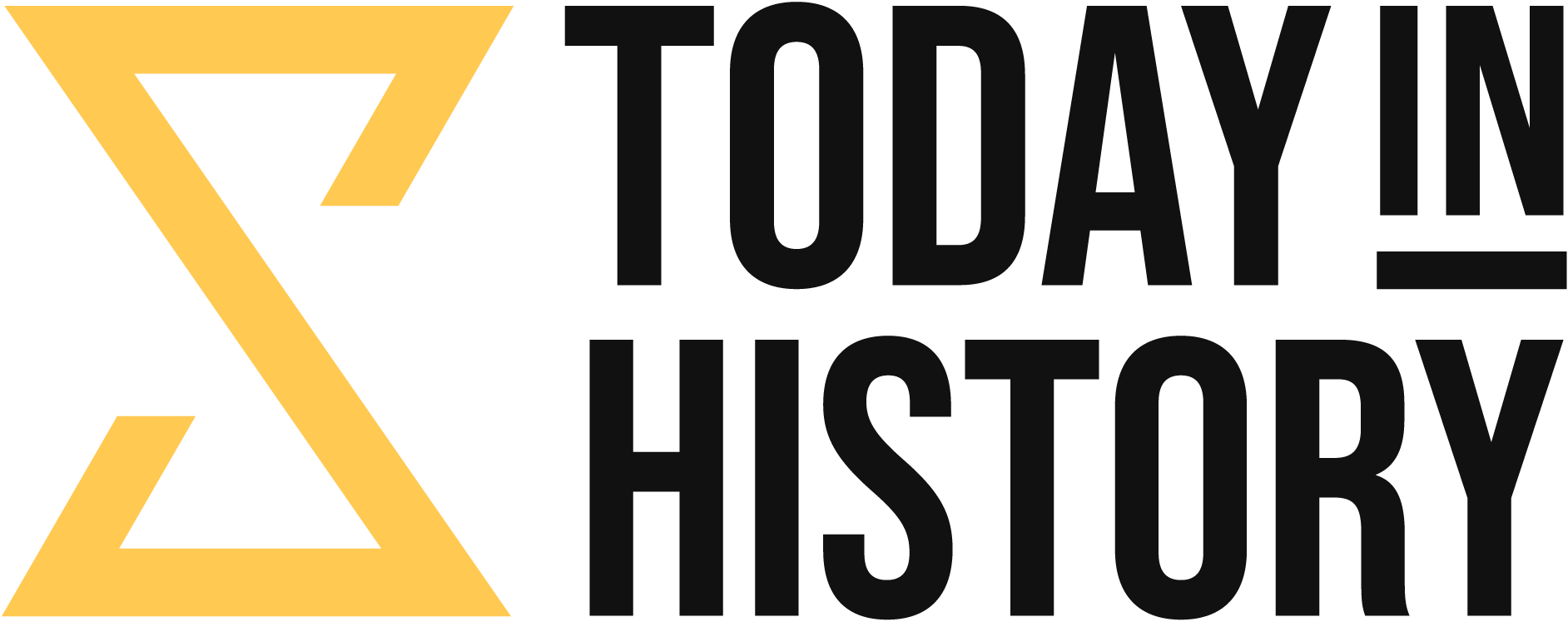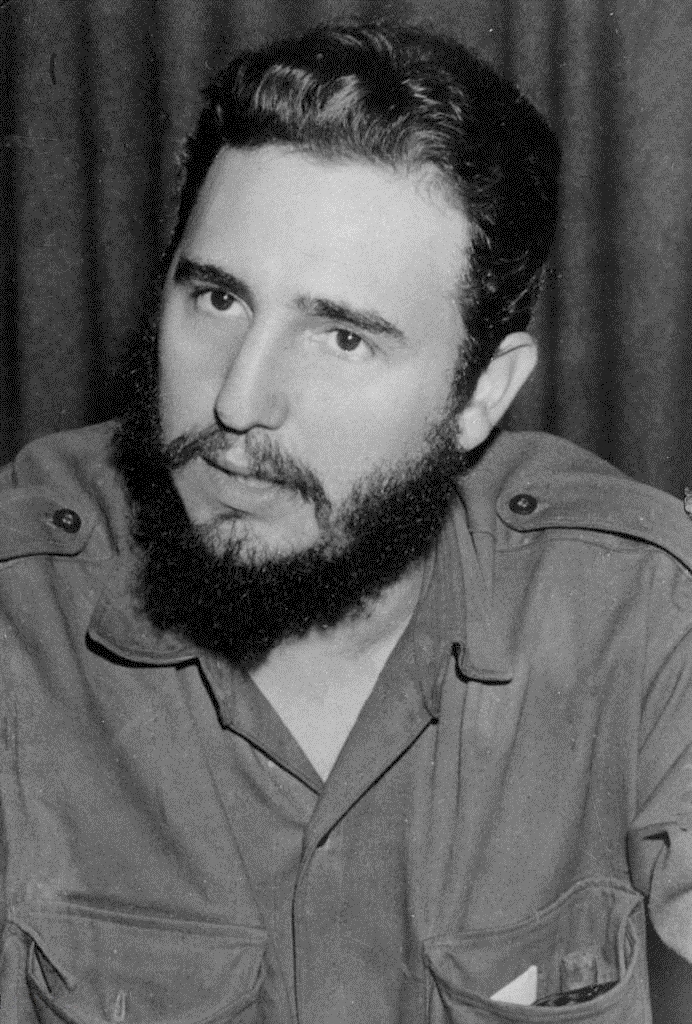Today in history, on December 2, 1976, a significant event unfolded as Fidel Castro assumed the presidency of Cuba. This marked a pivotal moment in the country’s history. The Cuban revolutionary had first ascended to power in February 1959, overthrowing the dictator Fulgencio Batista and assuming his position. After 17 years, a new constitution was established, shaping Cuba into a socialist state with Castro at its helm.
Fidel Castro was born in Birán, Cuba, on August 13, 1926, to a sugar farmer who had emigrated from Spain. He studied law at Havana University and became deeply involved in politics. After graduating in 1950, he worked as a lawyer representing the poor in Havana. His experiences with poverty, corruption, and unwanted US intervention in the Caribbean sparked an anti-imperialist sentiment in Castro. He began advocating for social justice and gradually shifted towards socialism.
The contrast between the regimes of Fulgencio Batista and Fidel Castro is stark. Batista, who seized power through a military coup in 1952, was everything that Castro stood against. He canceled elections, declared himself dictator, suspended the constitution, and revoked political freedoms. In 1959, Castro led a guerilla war against Batista’s forces, ultimately driving the dictator out of Cuba.
Castro’s legacy is a complex one. He is revered as a symbol of revolution and resistance, particularly to US imperialism. His agrarian reform and nationalization of foreign-owned property are seen as steps towards social justice. However, his regime was marked by authoritarian rule and human rights violations, which have drawn criticism. His alliance with the Soviet Union and his role in the Cold War solidified Cuba as a Communist state. He passed away in Havana at the age of 90 on November 25, 2016.

